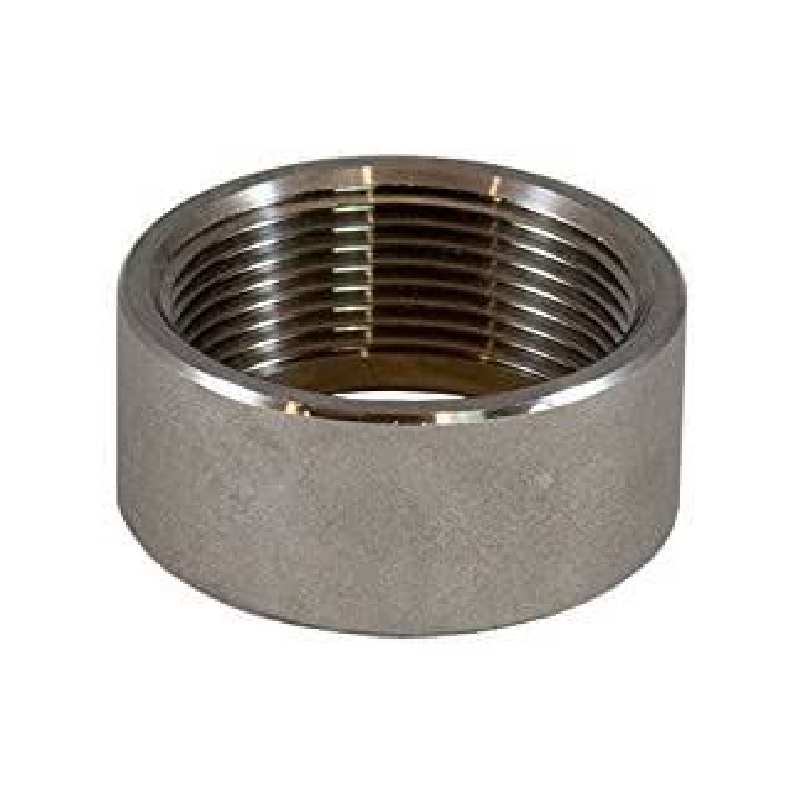-
Cangzhou Yulong Steel Co., Ltd.
-
Phone:
+86 13303177267 -
Email:
admin@ylsteelfittings.com
- English
- Arabic
- Italian
- Spanish
- Portuguese
- German
- kazakh
- Persian
- Greek
- French
- Russian
- Polish
- Thai
- Indonesian
- Vietnamese
- Zulu
- Korean
- Uzbek
- Hindi
- Serbian
- Malay
- Ukrainian
- Gujarati
- Haitian Creole
- hausa
- hawaiian
- Hebrew
- Miao
- Hungarian
- Icelandic
- igbo
- irish
- Japanese
- Javanese
- Kannada
- Khmer
- Rwandese
- Afrikaans
- Albanian
- Amharic
- Armenian
- Azerbaijani
- Basque
- Belarusian
- Bengali
- Bosnian
- Bulgarian
- Catalan
- Cebuano
- China
- China (Taiwan)
- Corsican
- Croatian
- Czech
- Danish
- Esperanto
- Estonian
- Finnish
- Frisian
- Galician
- Georgian
- Kurdish
- Kyrgyz
- Lao
- Latin
- Latvian
- Lithuanian
- Luxembourgish
- Macedonian
- Malgashi
- Malayalam
- Maltese
- Maori
- Marathi
- Mongolian
- Myanmar
- Nepali
- Norwegian
- Norwegian
- Occitan
- Pashto
- Dutch
- Punjabi
- Romanian
- Samoan
- Scottish Gaelic
- Sesotho
- Shona
- Sindhi
- Sinhala
- Slovak
- Slovenian
- Somali
- Sundanese
- Swahili
- Swedish
- Tagalog
- Tajik
- Tamil
- Tatar
- Telugu
- Turkish
- Turkmen
- Urdu
- Uighur
- Welsh
- Bantu
- Yiddish
- Yoruba

Nov . 19, 2024 07:19 Back to list
Understanding Steel Pipe Bends and Elbows for Effective Piping Solutions
Understanding Steel Pipe Bends and Elbows Essential Components in Piping Systems
Steel pipe bends and elbows are critical components in piping systems, allowing for the efficient transport of fluids and gases in various industrial applications. These fittings are designed to change the direction of piping, ensuring that systems function smoothly and effectively.
What are Steel Pipe Bends and Elbows?
A steel pipe bend is a length of pipe that has been purposely bent at a certain angle to redirect flow within the piping system. The bend can be made at different angles, commonly ranging from 15 to 180 degrees, depending on the system requirements. Bends are typically used in scenarios where a gradual change of direction is necessary.
Conversely, an elbow is a pre-fabricated fitting that also changes the direction of the pipe but is usually available in fixed angles, such as 90 degrees or 45 degrees. Elbows are often used in tight spaces where a quick change in direction is required. They are manufactured in different types, including long and short radius elbows, catering to varying dimensions and flow requirements.
Material and Applications
steel pipe bends and elbows

Steel is chosen for bends and elbows due to its strength, durability, and ability to withstand high pressures and temperatures. Common grades of steel used include carbon steel, stainless steel, and alloy steel, each serving different operational needs. The application of steel bends and elbows spans various industries, including oil and gas, water treatment, construction, and chemical processing. Their versatility makes them indispensable in numerous piping systems, facilitating fluid flow in an optimized manner.
Benefits of Using Steel Pipe Bends and Elbows
One of the main benefits of utilizing steel pipe bends and elbows is their ability to minimize pressure drops in the system. By allowing a smoother transition in flow direction, these fittings help maintain the velocity and pressure of the fluid, enhancing the overall efficiency of the system. Additionally, they are designed to handle various temperatures and pressures, making them suitable for high-demand applications.
Furthermore, steel pipe bends and elbows offer excellent corrosion resistance, especially in stainless steel forms. This resistance contributes to a longer lifespan, reducing the need for frequent replacements and maintenance.
Conclusion
In summary, steel pipe bends and elbows are crucial elements in the design and functionality of piping systems. Their ability to redirect flows efficiently makes them a key component in ensuring the smooth operation of various industrial processes. By understanding their design, material properties, and applications, engineers and designers can optimize piping systems for better performance and reliability. As industries continue to evolve, the role of these fittings remains significant, underscoring the importance of robust and efficient piping infrastructure.
Latest news
-
ANSI 150P SS304 SO FLANGE
NewsFeb.14,2025
-
ASTM A333GR6 STEEL PIPE
NewsJan.20,2025
-
ANSI B16.5 WELDING NECK FLANGE
NewsJan.15,2026
-
ANSI B16.5 SLIP-ON FLANGE
NewsApr.19,2024
-
SABS 1123 FLANGE
NewsJan.15,2025
-
DIN86044 PLATE FLANGE
NewsApr.19,2024
-
DIN2527 BLIND FLANGE
NewsApr.12,2024
-
JIS B2311 Butt-Welding Fittings LR/SR 45°/90° /180°Seamless/Weld
NewsApr.23,2024











